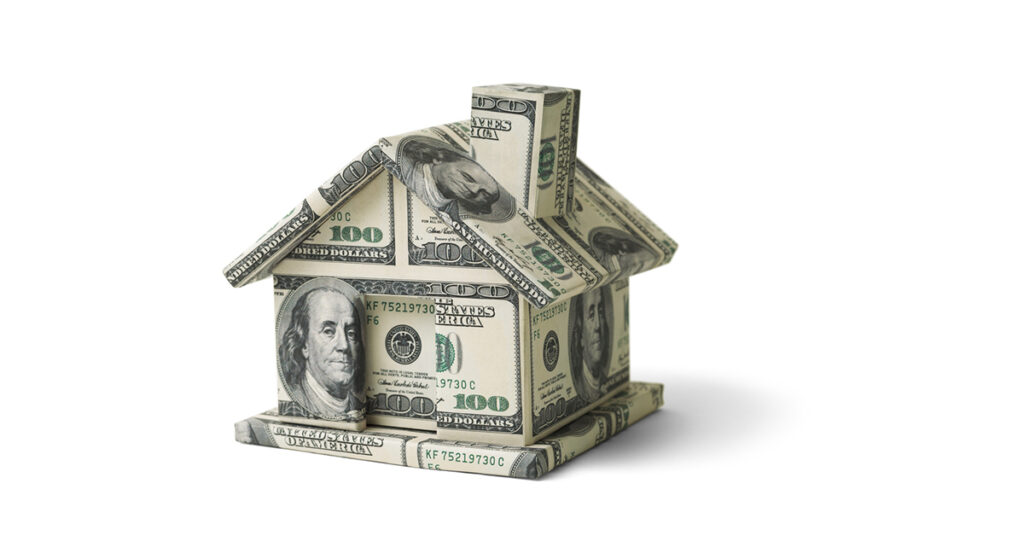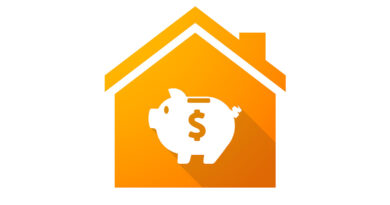Black Knight Reveals That 57% Of Recent Borrowers Used Rate Buydowns
The Data & Analytics division of Black Knight, Inc. (NYSE:BKI) released its latest Mortgage Monitor Report, based on the company’s mortgage, real estate and public records datasets. While both home prices and interest rates have come down from 2022 peaks – boosting purchase lending rate lock activity – affordability remains a significant challenge in the market. As Black Knight Data & Analytics President Ben Graboske explains, one manifestation of this affordability challenge is the increasing trend of borrowers buying down their first lien interest rates by paying points up front.
“Based on our Optimal Blue rate lock data, we can see definite signs of a January uptick in purchase lending on lower rates and somewhat lower home prices,” said Graboske. “Indeed, locks on purchase mortgages soared 64% from the first through the fourth week in January. On the surface, it may seem the market has been stirred by a full point decline in interest rates and home prices coming off their peaks – but it’s not that simple. Yes, according to the Black Knight Home Price Index, December did see home values post their sixth consecutive monthly decline, and prices at the national level are now 5.3% off their June 2022 peaks. But affordability still has a stranglehold on much of the market, with the monthly mortgage payment on the average-priced home more than 40% higher than it was this time last year. It’s also important to keep January’s surge in purchase activity in perspective. While up, purchase locks were still running roughly 13% below pre-pandemic levels for the last full week of the month.
“What we’ve seen in response to this challenging environment is greater reliance on permanent rate buydowns by borrowers. There have been murmurs and stories around temporary buydowns, but those remain a relatively small share of originations in general. In the third week of January, 3% of purchase loans locked on Black Knight’s Optimal Blue platform included a temporary buydown. Just over 2% involved 2-year temporary buydowns. In contrast, the third week of January, 57% of all borrowers who locked in rates paid at least a half point, 44% paid at least a full point, and nearly a quarter lowered their rates with buydowns of two points or more. If that seems high, consider that back in September and October of last year, as many as 71% borrowers paid points with 43% paying two or more points. Prior to the pandemic-era housing boom, borrowers in 2018-2020 paid 0.5 points with a corresponding cost of around $1,500 – as compared to $4,300 today and as high as $6,900 last fall. Purchase borrowers, who now make up 81% of new rate locks, paid an average of 1.16 points. For those looking to pull cash out of their homes, the cost was nearly twice that, with an average 2.06 points paid.”
This month’s report draws further upon the Black Knight HPI – the timeliest and most granular in the industry – to look at December 2022 home price trends, finding that the month’s -0.45% seasonally adjusted decline was roughly on par with the 0.48% average seen over the past six months. December’s decline pushed the annual home price growth rate down to just 5.0% – now only 0.4% above its 30-year average – and the slowest home price growth rate since June 2020. In 2022 overall, the first half of the year saw home prices grow by 10.9%, while the second half saw them drop by 5.3%. Should the current rate of monthly declines persist, the annual home price growth rate would go negative within the next three months. Recent monthly declines represent a -3.8% to -7.7% annualized decline and, as such, may provide insight into where the annual home price growth rate may be headed in coming months. Annualized monthly declines have historically served as a good leading indicator of upcoming movements in annual growth rates, which are themselves a backward-looking metric – particularly in a quick-moving and volatile market.

The Place for Lending Visionaries and Thought Leaders. We take you beyond the latest news and trends to help you grow your lending business.



